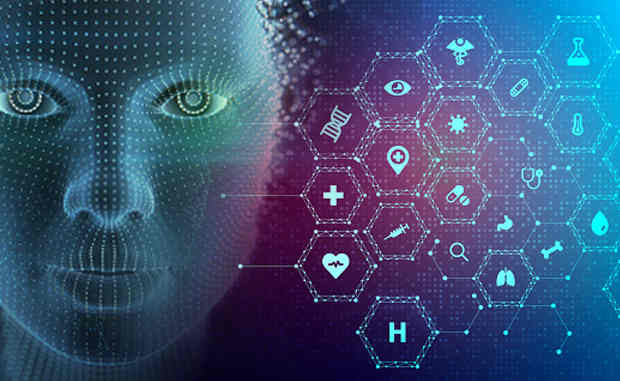
@ShahidNShah


Over the next five years, hospitals and health systems will need to make greater use of artificial intelligence (AI) and patient data to glean valuable insights that can help them differentiate their services, according to AHA’s recently released Futurescan 2023. In order to tailor and enhance treatment delivery, health care organisations have gotten more sophisticated in how they gather, analyse, and use patient-experience data. As providers react to increased competition from retail health care disruptors who have established long-term connections with clients and possess in-depth knowledge of their specific preferences, these qualities will become even more crucial in the years to come. According to the AHA's recently released Futurescan 2023, hospitals and health systems will need to leverage artificial intelligence (AI) and patient data more frequently over the next five years in order to gain useful insights that can help them differentiate their services. Futurescan 2023, created by the American College of Healthcare Executives and the AHA's Society for Health Care Strategy & Market Development. Personalized medicine, also known as precision medicine, is an approach to healthcare that tailors treatment to the individual patient based on their unique characteristics, such as their genetics, lifestyle, and environment. Personalizing patient care can help to improve outcomes, reduce side effects, and increase patient satisfaction.
Here are some ways to personalize patient care:
Personalized medicine is still an evolving field and there is ongoing research being conducted to improve the understanding and implementation of this approach.
Continue reading at aha.org
Not too long ago, about 17% of remotely monitored patients needed a higher level of care. Today it's in the 3% to 5% range, keeping more people in their homes and coordinating their care. Telemedicine …
Posted Jan 12, 2023 Remote Patient Monitoring Healthcare
Connecting innovation decision makers to authoritative information, institutions, people and insights.
Medigy accurately delivers healthcare and technology information, news and insight from around the world.
Medigy surfaces the world's best crowdsourced health tech offerings with social interactions and peer reviews.
© 2025 Netspective Foundation, Inc. All Rights Reserved.
Built on Apr 17, 2025 at 6:07am